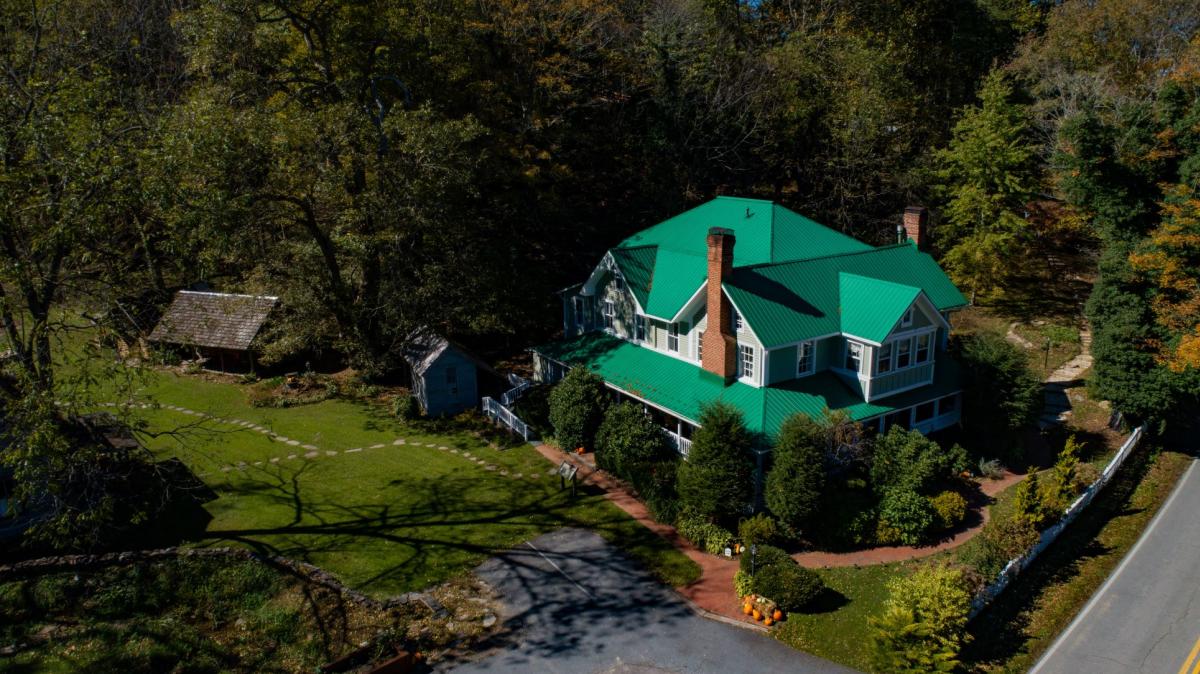Valle Crucis
PASTORAL PERFECTION IN THE HIGH COUNTRY
Pronounced 'valley kru-sis', this peaceful, rural community was first settled more than 200 years ago. The popular Valle Country Fair, one of the High Country's most eagerly anticipated annual events, showcases the valley's rural heritage and charm the third week in October.
Valle Crucis remains much as it was a century or more ago. When Levi Ives, the second Episcopal bishop of North Carolina, visited the area in the 1840s, he looked down from a hillside, noticed three streams forming the shape of a St. Andrew's cross and deemed the location Valle Crucis, Latin for "Vale of the Cross."
Valle Crucis was designated as North Carolina's first rural national historic district and the entire community is officially listed on the National Register of Historic Places. Nationally recognized historic buildings abound in Valle Crucis, with many, like The Baird House (1790), The Mast Farm Inn (below, an 1812 Historic Hotel of America), the Old Episcopal Mission (1842), the building that houses Over Yonder Restaurant (1861), and the Mast General Store (1883), restored to their original splendor and still enticing the public today.
The rustic countryside provides ample opportunity for recreational activities. Residents and visitors enjoy riverfront Valle Crucis Community Park, with multiple children's playgrounds, athletic fields, picnic areas, and a walking/running trail that explores lush wetlands and the banks of the rushing Watauga River. Visitors can also be found hiking the trail from the old Episcopal Mission, now the Valle Crucis Conference Center, to cascading Crab Orchard Falls.
The valley's pristine pastures are a popular setting for fly fishing along the Watauga River. Regardless of your choice of activity, the best way to recap the day's events in Valle Crucis is from a rocking chair outside your cabin or B&B, in the crisp mountain air, overlooking a valley that historians and visitors alike have called "uncommon."













